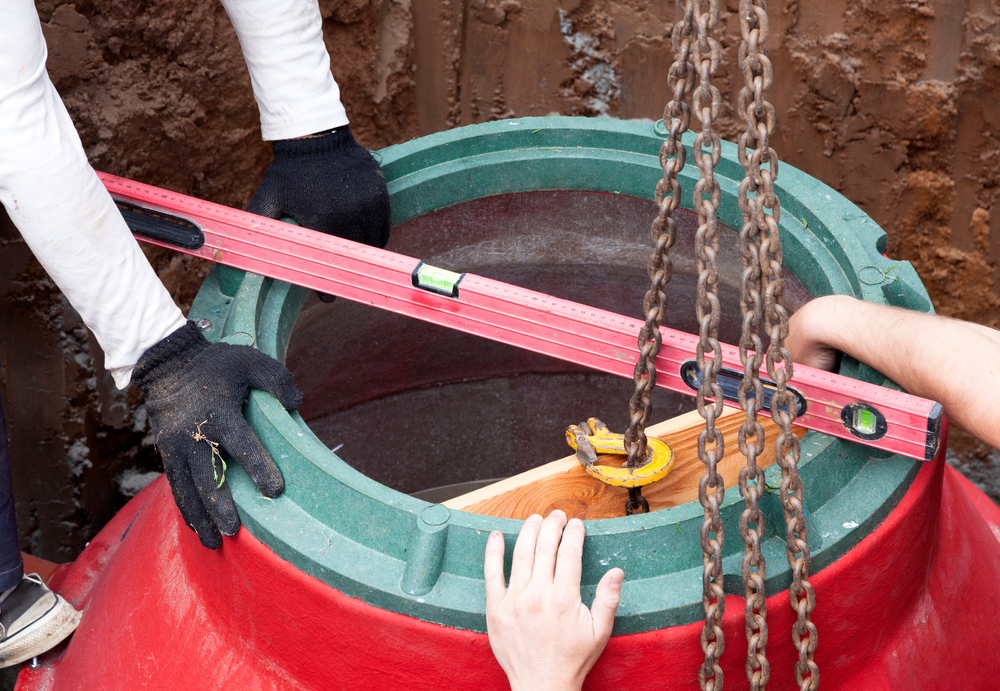
Introduction
Septic systems play a crucial role in managing household wastewater when public sewer systems are unavailable. To ensure the smooth functioning of these systems, proper maintenance and timely repairs are essential. In this article, we will explore the key factors that impact septic tanks, including baffles and cleanouts. We will also discuss the tradeoffs and challenges associated with septic system repair, emphasizing the importance of considering the environmental impact of our decisions.
The Importance of Septic System Repair
Septic systems are underground wastewater treatment structures that collect, treat, and disperse household wastewater. Regular maintenance and timely repair are essential to prevent costly failures and potential health hazards. Addressing issues promptly not only ensures the longevity of the septic system but also safeguards groundwater quality and protects the environment.
Understanding Baffles and Cleanouts
Baffles are crucial components within septic tanks that promote proper wastewater treatment. They prevent floating scum and solids from entering the outlet pipe, allowing only clarified effluent to flow into the drain field. Cleanouts, on the other hand, are access points that facilitate inspection, pumping, and maintenance of the septic system.
Tradeoffs in Baffle Design
When it comes to baffle design, there are various tradeoffs to consider. Some septic tanks come with fixed or non-removable baffles, which are cost-effective but can make maintenance and repair more challenging. Removable baffles, although more convenient for maintenance, may come at a higher initial cost. The choice of baffle design depends on the homeowner's preference, budget constraints, and the accessibility of professional septic service in their area.
Challenges in Cleanout Placement
The placement of cleanouts is critical for ease of maintenance and repair. Septic tanks should have accessible cleanouts to allow technicians to inspect and pump the system without disturbing the surrounding landscape or structures. However, locating cleanouts in highly trafficked areas or areas with potential landscaping plans can present challenges in balancing functionality and aesthetics.
Environmental Impact Considerations
During septic system repair, it is essential to be mindful of the potential environmental impact. Malfunctioning septic systems can lead to groundwater contamination, adversely affecting nearby water bodies and ecosystems. Repair approaches should prioritize solutions that minimize disturbance to the soil and vegetation, as well as limit the discharge of pollutants into the environment.
Choosing Environmentally Friendly Repair Options
Incorporating eco-friendly repair practices not only reduces the environmental impact but can also lead to cost savings in the long run. For example, opting for alternative wastewater treatment technologies or using environmentally safe additives can promote better wastewater treatment while preserving the environment.
Importance of Professional Inspection
Septic system repair is best left to qualified professionals who possess the necessary expertise and equipment. Professional inspections can identify potential issues early on and recommend appropriate repair strategies that align with environmental considerations.
Conclusion
Maintaining a functional septic system is essential for both homeowners and the environment. Understanding the impact of baffles and cleanouts on septic tank performance, as well as considering the environmental implications of repair decisions, are vital steps in ensuring the longevity and efficiency of the system. By striking a balance between different factors and choosing environmentally friendly repair options, homeowners can contribute to the preservation of groundwater quality and the overall health of the environment. Regular professional inspections and prompt repairs are the keys to a well-functioning septic system that benefits everyone involved.
